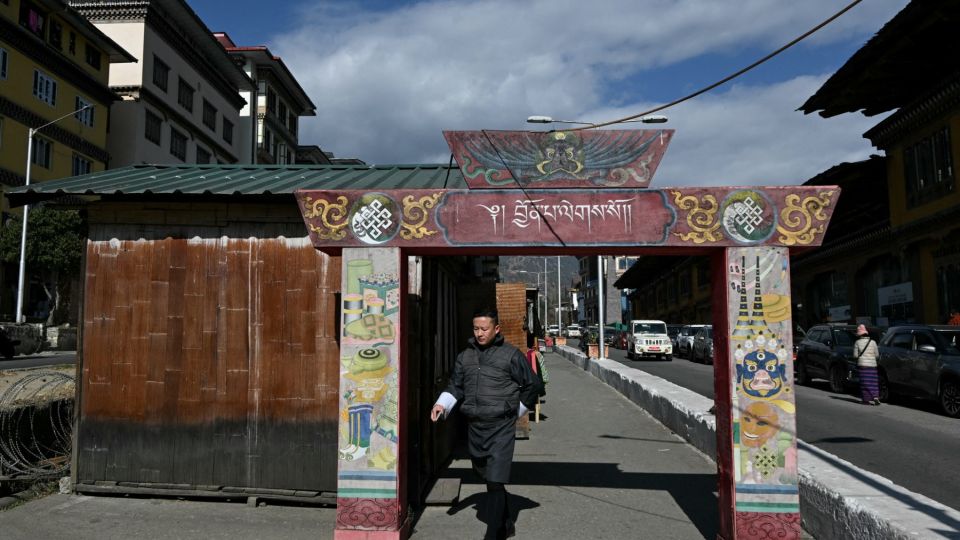
SATV Kathmandu Oct 13: Anxiety, depression, and substance-related conditions account for more than half of all reported mental health cases in the country, according to the National Mental Health Strategy (1.0) 2025.
Anxiety and depression constitute about 55 percent of all reported mental health conditions in the country. Alcohol and substance use disorders are also rising.
In 2023, 3,762 cases of anxiety and 2,687 cases of depression were recorded. The national suicide rate remains persistently high at around 12 per 100,000 people. These figures show a growing public health challenge that demands urgent and coordinated action.
Although the health ministry and its partners have integrated basic mental health services into general healthcare and introduced school and community counsellors, significant challenges remain.
Specialised mental health services are still concentrated in the national referral hospital, leaving rural areas underserved. With only eight psychiatrists, 26 clinical counsellors, and a limited number of outreach and protection officers, there is a clear need to expand the country’s mental health workforce.
Globally, nearly one in eight people, around 970 million individuals live with a mental health condition, according to the World Health Organisation 2022 report. Depression alone accounts for 11 percent of years lost to disability, with anxiety being most common among younger populations.
Significant treatment gaps persist worldwide. More than 70 percent of people with psychosis remain untreated, and those with major depression or psychotic disorders face a 40–60 percent higher risk of premature death.
In response, the global community has adopted frameworks like the Comprehensive Mental Health Action Plan 2013–2030, which urges countries to strengthen leadership, enhance services, and improve data systems.
However, the report states that most low- and middle-income nations allocate less than 2 percent of their health budgets to mental health, leaving millions without access to necessary care.
The situation is equally severe in the South-East Asia region, where approximately 13.2 percent of the population, around 260 million people live with mental health conditions.
The treatment gap in some countries is as high as 90 percent, with services concentrated in urban centres and little data available to guide national planning.
The report states the Paro Declaration on Universal Access to People-Centred Mental Health Care and Services, adopted in 2022, as a landmark regional commitment to change this. Through this declaration, countries pledged to strengthen community-based care, reduce stigma, and make mental health services more accessible.
The National Mental Health Strategy is built on four key objectives. The first aims to enhance coordinated mental health response through effective leadership and governance. This involves integrating mental health into national plans, establishing coordination mechanisms from national to local levels, harmonising laws with international conventions, and standardising treatment and referral systems.
The PEMA Board, chaired by Her Majesty the Gyaltsuen, will guide this coordination to ensure evidence-based and inclusive policy decisions.
The second objective focuses on strengthening promotion, prevention, and response through holistic interventions. Recognising that mental health is shaped by personal, social, and structural factors, the strategy calls for a multi-sectoral approach.
This includes early interventions across the lifespan, from perinatal care to elderly wellbeing through initiatives such as integrating emotional skills in schools, workplace mental health programmes, and proactive screening for high-risk groups. Suicide prevention receives special emphasis, with the strategy advocating for postvention services for bereaved families, improved data collection, and responsible media reporting.
The third objective seeks to enhance treatment, rehabilitation, and reintegration through integrated, community-based care. The report advocates for decentralising mental health services to regional hospitals and primary healthcare centres to reduce institutionalisation and bring care closer to communities.
The proposed system follows a pyramid model, with The PEMA Centre at the apex for specialised care, regional teams for intermediate services, and community-level providers focusing on prevention and resilience. Rehabilitation and aftercare services, including peer-led and day-care programmes, are also prioritised to support long-term recovery.
The final objective focuses on establishing robust information systems and research initiatives using technology and innovation. The report highlights the importance of accurate data and continuous research to inform policy and practice.
Plans include creating an integrated national mental health information system, developing a suicide registry, producing annual reports, and partnering with research institutions to strengthen evidence-based decision-making.
Together, the National Mental Health Strategy 1.0 represents Bhutan’s most comprehensive and coordinated plan to date for addressing mental health. It aligns the country with global and regional efforts while crafting a distinctly Bhutanese response grounded in compassion, community, and cultural integrity.










